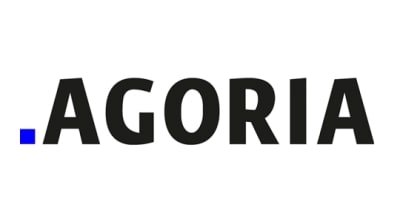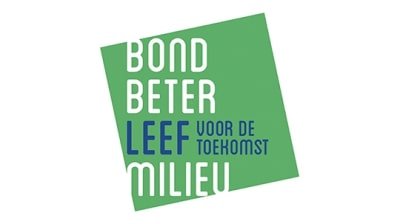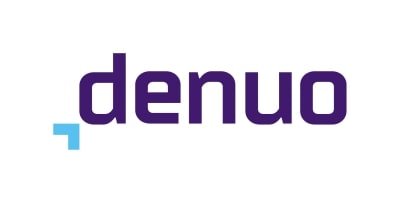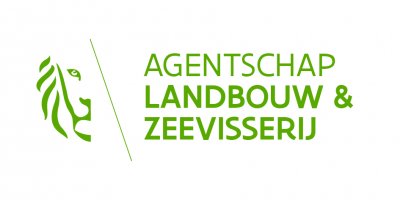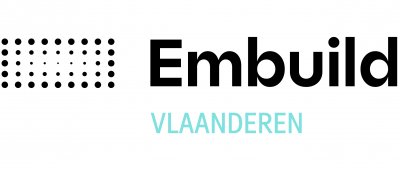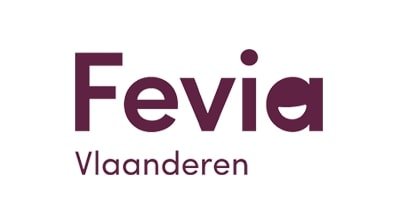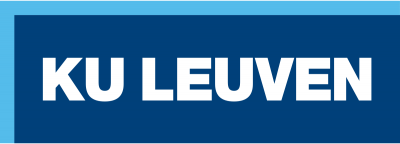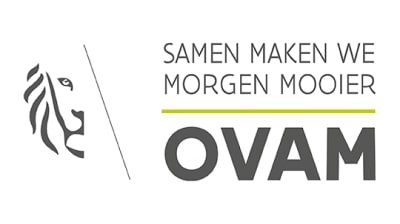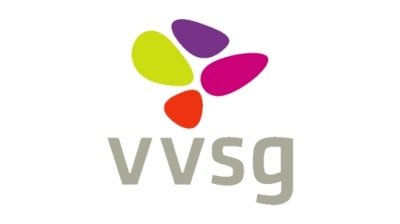Topics
We organise our actions in six thematic & strategic agendas:
Strategic Agendas:
Bio-economy
Circular Construction
Chemicals/Plastics
Manufacturing Industry
Food Chain
Water Cycles
Seven leverages provide additional support:
Leverage effects:
Lever Policy Instruments
Lever Circular Procurement
Lever Communication
Lever Innovation & Entrepreneurship
Lever Financing
Lever Jobs & Skills
Lever Research
What, why and how?
Why are we pursuing a circular economy?
Future visions 2050
How do we see our circular future?
About our management
Who steers what at Flanders Circular?
Platform for Circular Building Nodes
Sharing practical experiences with a view to faster adoption of circular implementation methods
Building junctions are places in a building where different construction components come together and are attached to each other. The platform not only deals with demountable building junctions but also with junctions using renewable materials, the application of in-situ reused materials, etc. However, there is still a significant gap between theory and practice in this area: innovative solutions are usually conceived on the construction site itself but are rarely shared afterwards. Unfortunately, this gap remains.
With this project, LabLand aims to find a solution for this issue. Together with VUB Architectural Engineering, we investigated how we can stimulate the development of circular practical knowledge by bringing together various construction actors to exchange experiences. In this process, we analyzed and tested a whole range of forms of collaboration and knowledge flows. We also aimed to develop a platform where construction professionals can exchange practical experiences, thereby gaining the confidence to apply circular construction nodes.
By giving practical experience a sounding board, we generate a long-term win-win for everyone involved. This way, we counteract the paralyzing competition that currently leads to short-term decisions and a status quo.
LabLand vzw
Partners Vrije Universiteit Brussel - Architectural Engineering
Sectors
Themes
Organisations
Website
MOST IMPORTANT
RESULTS
- First, we investigated existing construction node platforms. By also querying various construction professionals about their practical application of circular construction details, we gained insight into levers and key moments.
- Starting from the needs of a wide range of practical cases, we developed 14 formats: gathering and guidance moments with and for construction teams, linked to key moments in the design and construction process. Through developed documentation techniques, we collected lessons learned.
- For broad dissemination, we experimented with an online platform. Timelines of the construction projects proved to be the best hooks to display context-specific information in an organized manner.
-
Through the guidance programs for construction teams, we have developed and tested a business model for knowledge sharing.
MOST IMPORTANT
LESSONS LEARNED
- During the design and construction process, the existing key moments where various construction professionals come together form the ideal starting point to distill construction details and promote knowledge exchange. Capturing knowledge was felt as an additional burden, but through documentation. Therefore, guiding construction teams was linked to documenting the lessons learned.
- Documenting and making practical knowledge available alone is not enough to widely implement circular construction. There is also a need for context-specific guidance for construction teams.
- The need for guidance offers opportunities for developing a business model that combines guidance with capturing and sharing practical knowledge. There is a willingness to pay for this.
- Many tools around circular construction are not fully aligned with the construction process and are not sufficiently adapted to practical insights. There is a need for continuously engaged leaders who constantly update tools based on practical knowledge exchange.
WHAT DOES
THE FUTURE HOLD?
As co-project owners, we coordinate construction projects within various activation models for underutilized space (e.g., Inschuifhuis, Living above Shops…). Thanks to this project, there is now a method to document and share the developed knowledge from our own projects. The insights from this research directly lead us to expand our activities and teach the techniques to others.
Several developed formats, like the architect brainstorming sessions, will be permanently employed. The interactions between participants led to more and more ambitious circular construction projects.
The lessons learned from this project (and from the Interdisciplinary Circular Architecture Laboratory project) also form the foundation for www.maakdebrug.be. Therein, the business model is further developed based on various hypotheses, such as a partially closed model with membership, sponsorship by construction producers …

